Top 10 Seed Bearing Plants Your Birds Will Love
Updated: Jan. 17, 2023
Keep these seed bearing plants standing in your garden all winter long, and the birds will thank you for the extra food source.
Don’t Cut Back These Seed Bearing Plants
Didn’t get around to cleaning out those flower beds this fall? Now you can justify it—not only is it good for your plants, but it’s also a great food source for the birds! I’ll admit I personally use these excuses a little too often to put off fall garden chores. Keep in mind that you will need to remove any diseased plants, but leaving the seed bearing plants up actually increases the chance of the plants’ winter survival. And with snowy days and freezing nights, your feathered friends are looking for food just about anywhere they can get it, so they’ll appreciate the extra food the plants provide. Here are our top picks for “leave-’em-up” perennials.
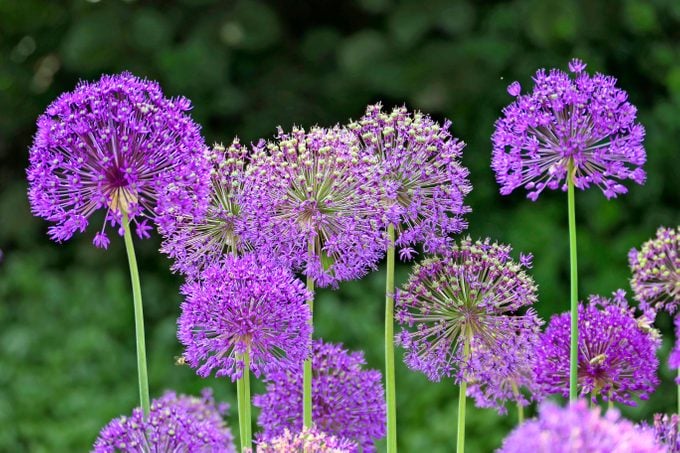
Allium
(Allium, Zones 2 to 10)
If you want to add a colorful bounce to your garden, there’s no better bloomer than allium. This pretty perennial is a winning selection for almost any yard. Not only can you find alliums to suit almost any spot, the enchanting plant is also easy to grow. Different types bloom from late spring to fall.
Why we love it: The dried flowers are like huge balls of seeds. Birds can’t miss them!
Dazzle the neighbors with the top 10 biggest blooms for your flower garden.
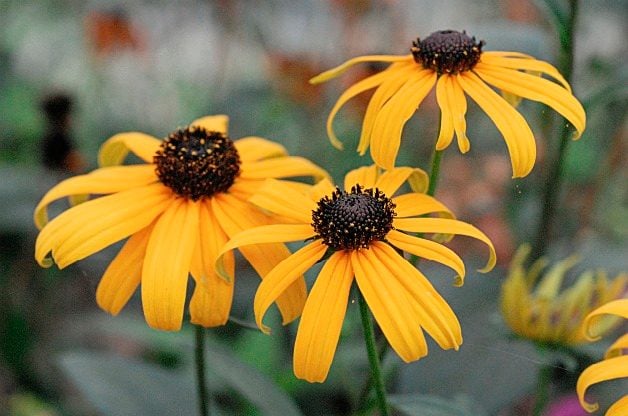
Black-eyed Susan
(Rudbeckia, Zones 3 to 9)
This garden favorite flower ranges in height from 1 to 6 feet, and it delights birds from late summer through winter, or until all the seeds get picked clean. It multiplies fast, so start off with just a few. You’ll soon have a huge cluster of natural bird feeders.
Why we love it: These seed bearing plants work well in just about any situation, whether you group them or use them as a background.
Check out the top 10 easy-to-grow native plants.
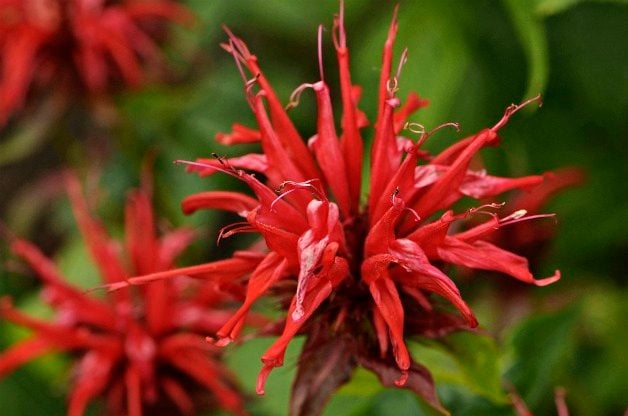
Bee Balm
(Monarda, Zones 3 to 9)
While it’s best known for bringing in the butterflies and hummingbirds in summer, it’s also relished by seedeaters later in the season. For cultivars that resist mildew, try Marshall’s Delight or Jacob Cline.
Why we love it: Its unusual shape stands out in the garden from summer all the way through winter.
Check out the top 10 blooming winter flowers for your garden.
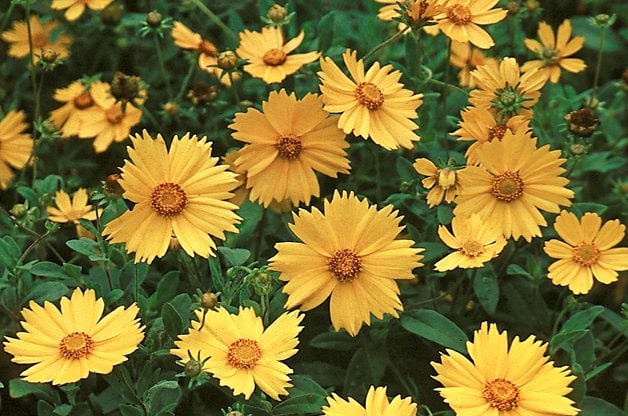
Coreopsis
(Coreopsis, Zones 3 to 11)
With new varieties of coreopsis, you can now have this perennial in shades of pink, red and the traditional yellow. A champ in dry areas, some grow up to 4 feet tall.
Why we love it: You get lots of blooms for your buck, which translates to lots of food for your birds!
Psst—we found the 10 prettiest pink perennial flowers to grow.
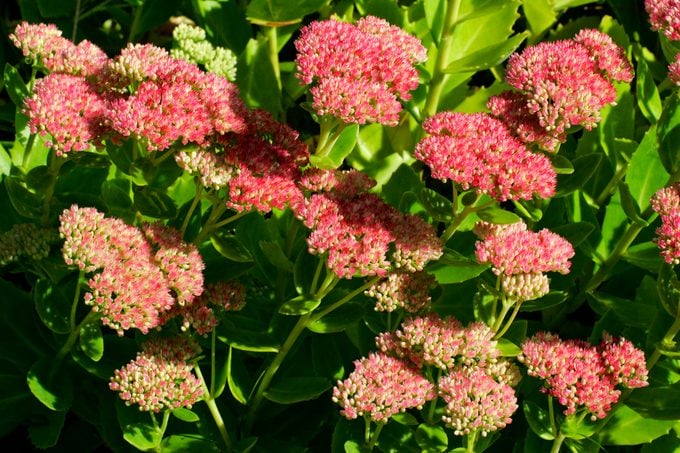
Sedum
(Sedum, Zones 3 to 10)
You can buy find both summer and fall blooming sedum. One popular type of this versatile succulent is Autumn Joy, with its broccoli-shaped flower heads. Most sedum peak in fall, bringing in late pollinators looking for a nectar treat. Then the plant continues to offer seed through winter.
Why we love it: It’s easy to find and hardy in most climates.
Grow Autumn Fire sedum for late season color.
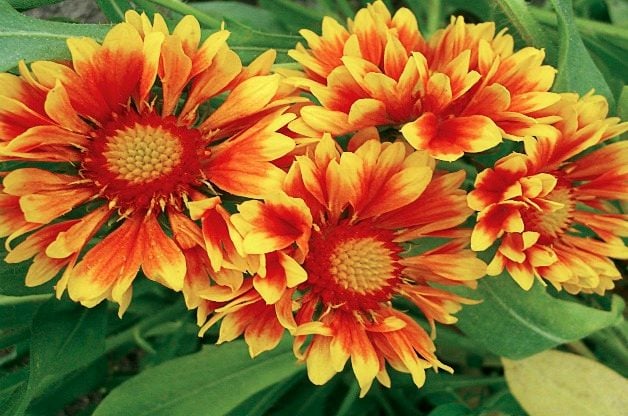
Blanket Flower
(Gaillardia, Zones 3 to 10)
This flower does it all, offering long-lasting color in summer and fall, brightening up bouquets and yielding seeds that you can save to plant or pass along to friends.
Why we love it: The beautiful flowers come in multiple shades, and the plant stays sturdy into winter.
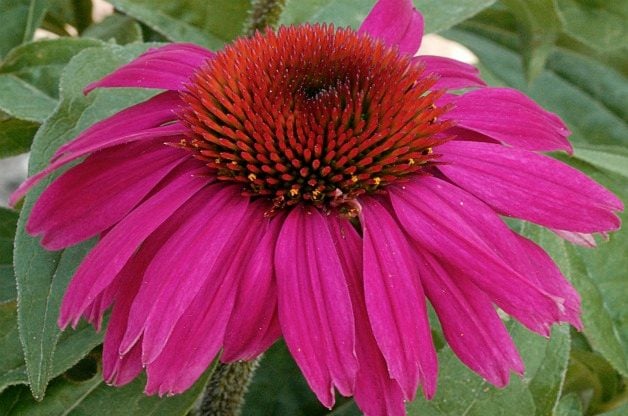
Coneflower
(Echinacea, Zones 3 to 9)
This native plant attracts attention from summer till the next spring. Plant in a sunny space and put off cleanup until the snow melts. A bunch of the prickly seedpods will add a boost of winter interest to your garden.
Why we love it: The whole plant holds its shape well. Even when the snow piles on top, the sturdy stems won’t fail.
Coneflower 101: Care tips, new varieties and more.
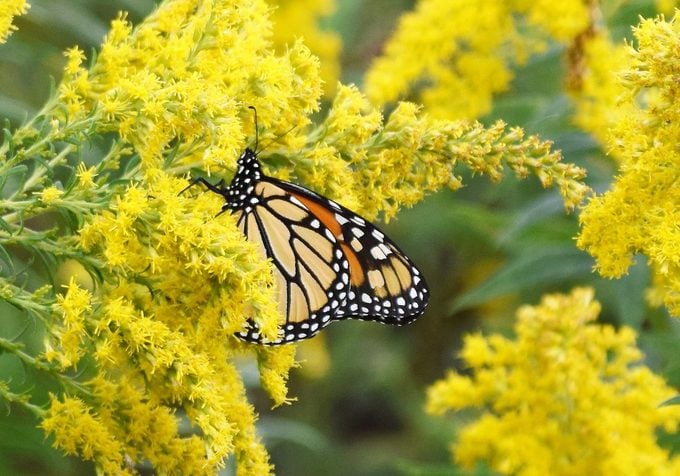
Goldenrod
(Solidago, Zones 3 to 9)
Be aware that goldenrod can be a bit aggressive, so be sure to plant it near other assertive plants to maintain some balance or plant a tamer cultivar. If you can find the perfect place for it, you’ll love it. It keeps lovely golden shades through fall and then has good winter structure as well.
Why we love it: This native favorite also grows abundantly in the wild, so it’s the perfect natural food source for birds.
Boost your backyard appeal by planting these native trees that attract birds.
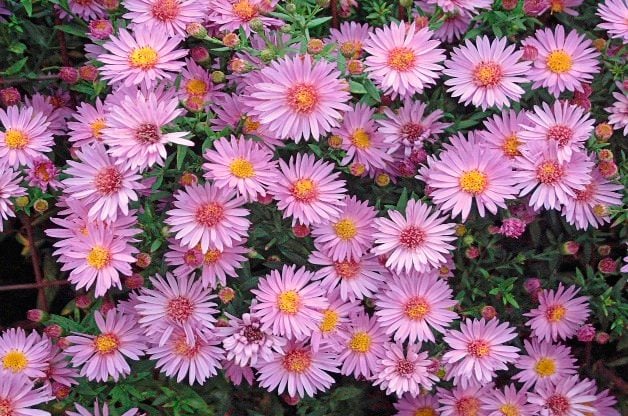
Aster
(Aster, Zones 3 to 8)
A popular cut flower, the aster brings an explosion of color to the end of the growing season. From miniature alpine plants to giants up to 6 feet tall, it will brighten up fall in any backyard. And don’t let the small flowers fool you: Birds love it for food!
Why we love it: Hundreds of aster varieties give gardeners plenty of colors to choose from.
Find more fall blooming perennials for your garden.
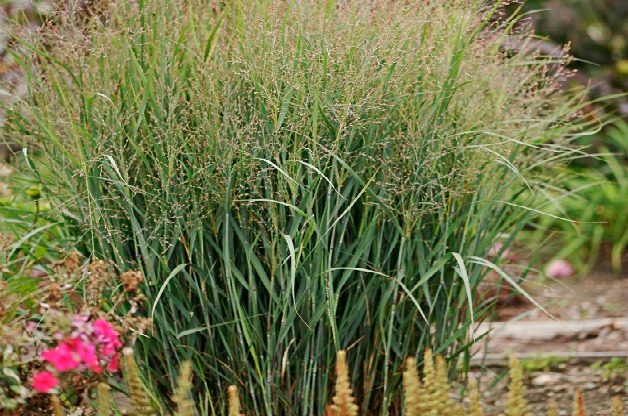
Switchgrass
(Panicum virgatum, Zones 4 to 9)
These easygoing, versatile ornamental grasses are a good choice for most landscapes. They tolerate drought and prefer full sun, but will tolerate partial shade. Growing tall, they can easily reach more than 5 feet.
Why we love it: It’s a North American native and, like most grasses, it’s attractive in a winter garden.
